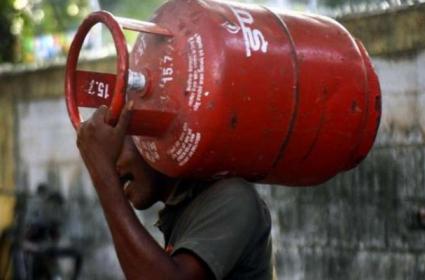India’s Gas Price Increase Supports Upstream Profitability

Fitch Ratings-Singapore/Mumbai: The 110% increase in natural gas prices by the Indian government, along with a recent revision in our Brent crude oil price assumptions to USD100/barrel 2022, from USD70 earlier, and USD80 in 2023, from USD60 previously, will boost the profitability of rated Indian upstream companies and support their investment spending and shareholder distributions, says Fitch Ratings.
The price for gas from fields that were assigned by the state to oil companies, mainly state-owned Oil and Natural Gas Corporation Limited (ONGC, BBB-/Negative) and Oil India Limited (OIL, BBB-/Negative), was increased to USD6.1 per million British thermal units (mmBtu) for April-September 2022 from USD2.9 per mmBtu in October 2021-March 2022.
This should improve the upstream companies’ profitability from gas fields where domestic prices were below the cost of production. The domestic price is based on the prices of four global liquefied natural gas benchmarks of the last 12 months, implemented with a quarter’s lag. We also expect prices to be revised higher in the next reset in October 2022 in light of the high gas prices to date.
The natural gas price increase was largely in line with Fitch's expectations, driven by the rise in global prices in 2021. High gas prices add a buffer to OIL’s credit metrics for supporting its capex to expand capacity at its subsidiary, Numaligarh Refinery Limited. We forecast its leverage, defined by net debt/EBITDA, will reach around 2.6x in the financial year ending March 2024 (FY24) after dropping to 1.8x in FY22 from FY21’s 2.6x and breach our negative rating sensitivity of 3.0x in FY25 due to the group’s high capex. The increase should be temporary, with leverage returning to 2.6x in FY26 and continuing to decline, supported by cash flow from the expanded refining capacity.
The government has also increased the price ceiling for gas produced from deepwater and other difficult fields to USD9.9 per mmBtu from USD6.1 per mmBtu. Reliance Industries Ltd’s (BBB/ Negative) and ONGC’s gas production from the KG basin will benefit from the increase in the price ceiling, though the impact on their financial profiles is minimal, given the limited contribution to total revenue. ONGC and RIL continue to have ample headroom under the sensitivities of their standalone credit profiles.
Higher oil and gas prices will raise the input cost for key end-consumer sectors to the extent the price hike is passed on. The increase will also be reflected in the escalation in other costs related to transportation and insurance. Domestically produced gas is supplied on a priority basis to certain sectors, with power producers consuming 30%, the fertiliser sector around 27% and city-gas distributors 19% in FY21.
The gas price increase will hit the fertiliser sector’s profitability by increasing working-capital requirements, which is also facing higher import costs due to rising crude oil prices. Autogas fuel prices may be increased but should remain competitive against liquid fuels, albeit with a reduced differential as liquid auto fuel prices also rise with increasing crude oil prices. The cost of power generated by gas-based power plants will increase, further affecting their utilisation.




















